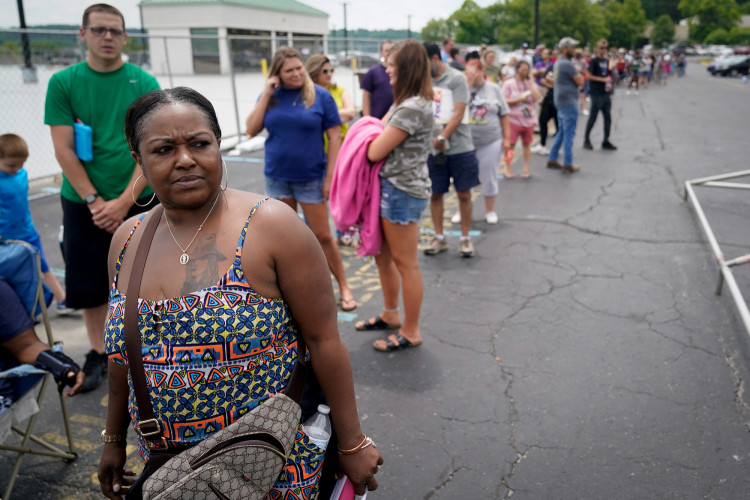The number of Americans filing for unemployment benefits fell to 213,000 last week, marking a seven-month low and indicating continued resilience in the labor market. The Department of Labor reported Thursday that claims dropped by 6,000 for the week ending November 16, coming in below economists' forecasts of 220,000.
While initial claims reflect a decline in layoffs, continuing claims, which track the number of individuals receiving ongoing unemployment benefits, rose by 36,000 to reach 1.91 million-the highest level since November 2021. This rise suggests that some workers are encountering challenges in securing new jobs.
The data highlights the mixed signals from the labor market in recent months. Earlier this year, jobless claims reached their highest levels in over a year, contributing to concerns about rising unemployment and declining job creation. However, the unemployment rate has since fallen from 4.3% to 4.1%, and jobless claims have steadily decreased, reflecting broader economic stability.
Jefferies U.S. economist Thomas Simons said the jobless claims report "remains the best real-time monitor of labor market conditions," adding that the latest data shows the market is "trending sideways at a healthy level." Meanwhile, EY chief economist Gregory Daco noted that the low level of layoffs indicates the labor market "still looks robust."
Economic disruptions earlier this fall, including widespread strikes and hurricanes, contributed to the weak October jobs report, which showed the U.S. economy adding just 12,000 jobs. Now, with those temporary factors resolved, labor market indicators appear to be stabilizing.
The Federal Reserve continues to monitor labor market conditions closely as it evaluates its approach to interest rates. In September, the Fed cut its benchmark interest rate by half a percentage point, citing signs of economic cooling. However, with stronger-than-expected labor and inflation data since then, policymakers have adopted a more cautious stance on further rate cuts.
Federal Reserve Governor Michelle Bowman expressed concerns about the central bank's progress toward its 2% inflation target, saying, "I see greater risks to the price stability side of our mandate, especially while the labor market remains near full employment." Bowman emphasized the need for the Fed to proceed "cautiously" when considering further rate reductions.
Market participants remain divided on the outlook for interest rates. According to the CME FedWatch Tool, markets as of Thursday morning were pricing in a roughly 56% chance of a rate cut at the Fed's December meeting. However, uncertainty lingers amid continued inflationary pressures and global economic challenges.
The rise in continuing claims-now at a three-year high-points to potential difficulties for some workers in finding new jobs. While layoffs remain low, extended unemployment benefits suggest that certain sectors of the economy may be slower to recover.
Despite these challenges, economists are optimistic about the overall trajectory of the labor market. "The worst of the downturn in home sales and job growth could be over," said Lawrence Yun, chief economist at the National Association of Realtors, in a separate report this week. He cited increasing inventory and economic growth as factors supporting labor market demand.






